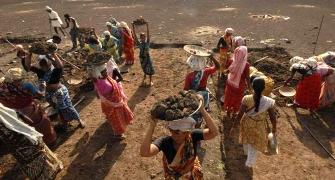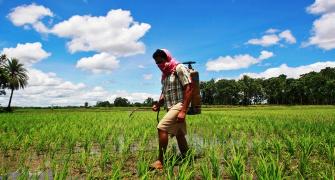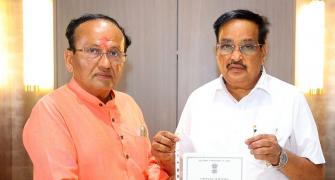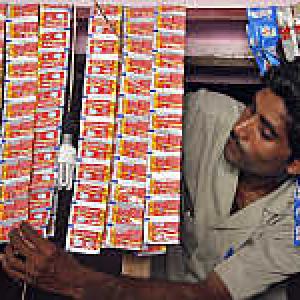Market experts say that of the total 600,000 villages in India, under two per cent or around 10,000 villages contribute to about half of the rural consumption in the country.
Targeting these villages and ensuring that penetration is strong is key for most consumer goods companies.
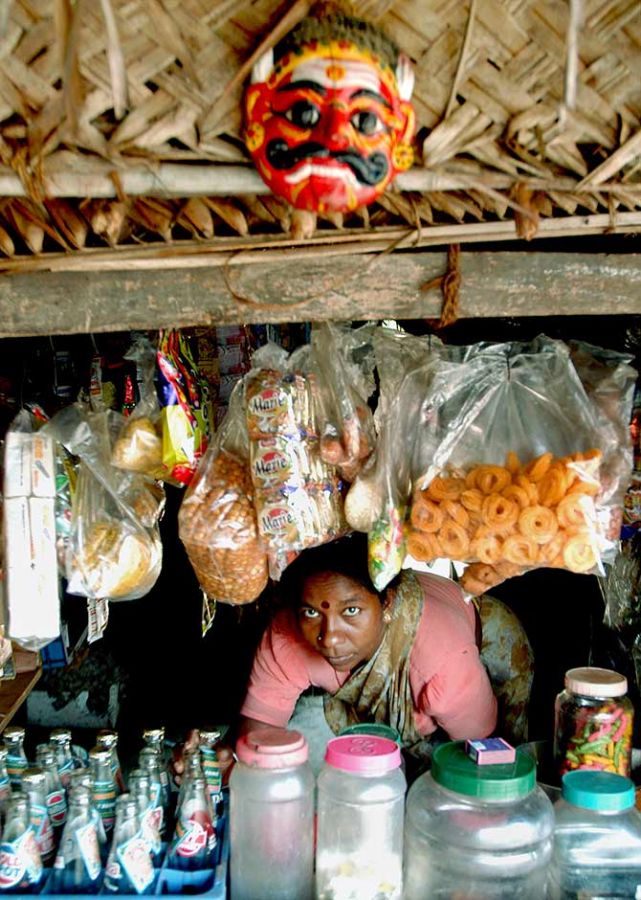
Reaching the rural consumer may not be as easy as it seems. While a revival in rural demand has raised sales prospects for consumer goods companies, optimising rural distribution networks is increasingly becoming a challenge.
A key reason for this is the limited direct distribution reach of companies in villages. Most majors typically have to depend on indirect distribution or the wholesale channel for pushing product penetration into rural areas.
Britannia, among the country’s key biscuit makers, is no exception to the rule. The wholesale channel remains an important route-to-market in the countryside for the company. But the firm, whose rural sales contribute only 22 per cent to overall revenue, lower than the industry average of 33 per cent, is now turning to new-age tech and devices to complement its core distribution strategy in rural markets.
The company, for instance, is engaging with small, local start-ups in areas such as geo-spatial analytics, census mapping and retail point-of-sales solutions to push penetration of key brands in the villages. The strategy here is simple: Use the latest technology to get actionable insights into purchasing behaviour of consumers and figure out the trends emerging thereof.

The result, says Gunjan Shah, Britannia’s vice president, sales, is that the company’s existing distribution network can be optimised well. And if further investments are required, that can be done too, he reasons.
While Shah isn’t getting into the success or failure of the effort -- the initiative has been kicked off recently -- he says the push came after watching rural consumers closely and carefully.
Penetration of mobile phones and other electronic products, says Shah, is growing in rural areas. That exposes them to the lifestyle and aspirations of their urban counterparts. These consumers therefore wants better products across the board -- from staples to discretionary, including biscuits.
It becomes important for Britannia then to understand where these pockets exist and target these consumers appropriately, Shah says.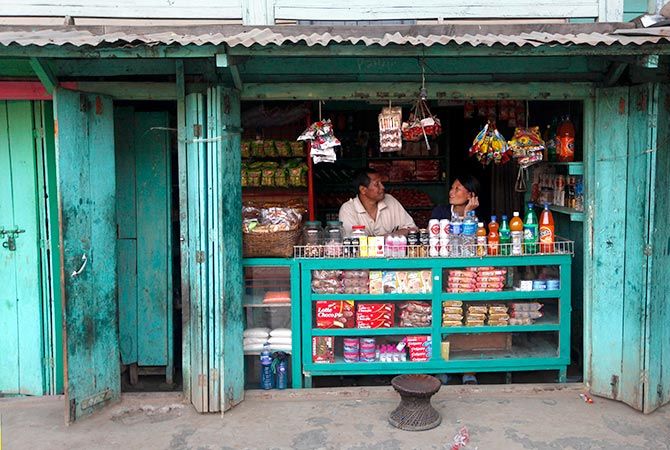
Market experts say that of the total 600,000 villages in India, under two per cent or around 10,000 villages contribute to about half of the rural consumption in the country. Targeting these villages and ensuring that penetration is strong is key for most consumer goods companies.
But while firms such as Britannia have focused their attention on these villages in recent years, the Bengaluru-based major is also going the extra mile to understand pockets that are weak -- villages where sales are not strong and work on corrective action in these areas.
Britannia has recently collaborated with a Lucknow-based census agency, that works on facilitating government rural programmes in Uttar Pradesh, the largest state in the country and also a large consumer goods market. The agency has developed a basic framework consisting of census data, demographics of people and profile of retail stores, which Britannia is tapping into to channelise resources into under-leveraged markets in UP.
“The agency has helped us move from a pure population-driven distribution model to one that helps us identify consumption and market-place clusters thereby improving the result to effort ratio. This bettered our business extraction and competitive position in erstwhile blind spots,” Shah says.
Way forward
Britannia is currently evaluating a couple of proposals from start-ups to scale up its new tech effort in distribution. Rural stock points have increased in the last few months, from 7,000 to 18,000 due to the extra push coming from the initiative.
Shah says that the company has only just scraped the surface with geo-spatial analytics, census mapping and retail point-of-sale solutions.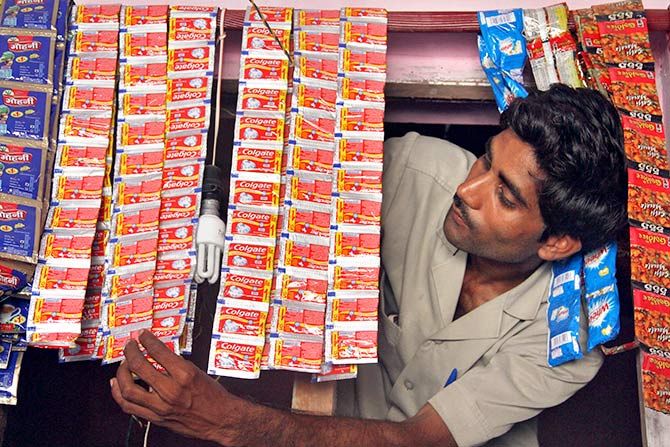
But some retail experts believe that granular information can come with its own set of challenges.
“How much can one target is dependent on the resources at one’s disposal,” says Harminder Sahni, founder and managing director of consulting firm Wazir Advisors.
“Every village or cluster could exhibit different characteristics, what do you address and what do you not is key,” he adds.
While experts continue to debate on the merits of a micro-approach to distribution, companies say they will put their money where the potential is.
The country’s largest consumer goods company, Hindustan Unilever, for instance, has identified 14 different geographical clusters as part of its Winning in Many Indias strategy. In addition, HUL has also set up country category business teams to empower managers to take decisions quickly.
The initiative has seen HUL dive down and focus on regional markets more closely, tapping into consumer insights efficiently. The effort has seen HUL buck the consumer slowdown in recent quarters and report healthy sales numbers.



